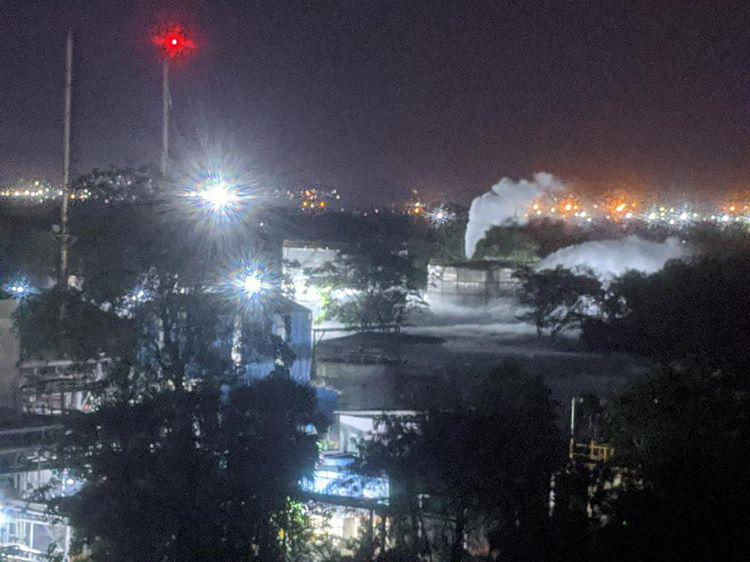Styrene gas was in news in the first week of May after 12 died following a gas leak from a chemical plant of a multinational firm in Andhra Pradesh’s Visakhapatnam.
Disturbing scenes of people lying unconscious in lanes and on roads, people running around in panic and gasping for breath flooded the internet after the incident.
The gas leaked from the plant of LG Polymers facility located near Visakhapatnam bringing back memories of the 1984 Bhopal gas leak that left more than 3000 people dead.
Here is all you need to know about styrene gas:
What is styrene gas?
Styrene, a liquid hydrocarbon that is important chiefly for its marked tendency to undergo polymerization (a process in which individual molecules are linked to produce extremely large, multiple-unit molecules). Styrene is employed in the manufacture of polystyrene, an important plastic, as well as a number of specialty plastics and synthetic rubbers, according to Britannica.com. It is heavier than air.
Styrene is flammable and is used to make plastics, fiberglass, rubber, and latex. It occurs naturally in some fruits, vegetables, meats, nuts, and beverages.
What is styrene used to make?
Among other products styrene is used to make Insulation pipes, automobile parts, printing cartridges and copy machine toner, food containers, packaging, carpet backing, luggage, shoes, toys, floor wax and polishes.
What are the symptoms of exposure to styrene gas?
In the short term, it causes respiratory problems, irritation to the eyes, skin, and nose and gastrointestinal problems. Long term effects are, central nervous system and kidney effects, headaches, depression, fatigue and weakness, hearing loss, balance and concentration problems, cancer
What is the treatment for styrene exposure?
Thoroughly wash skin and eyes with water properly and provide breathing support in case of acute inhalation. People can protect themselves by wearing a wet mask and wet cloth around their nose and mouth.







